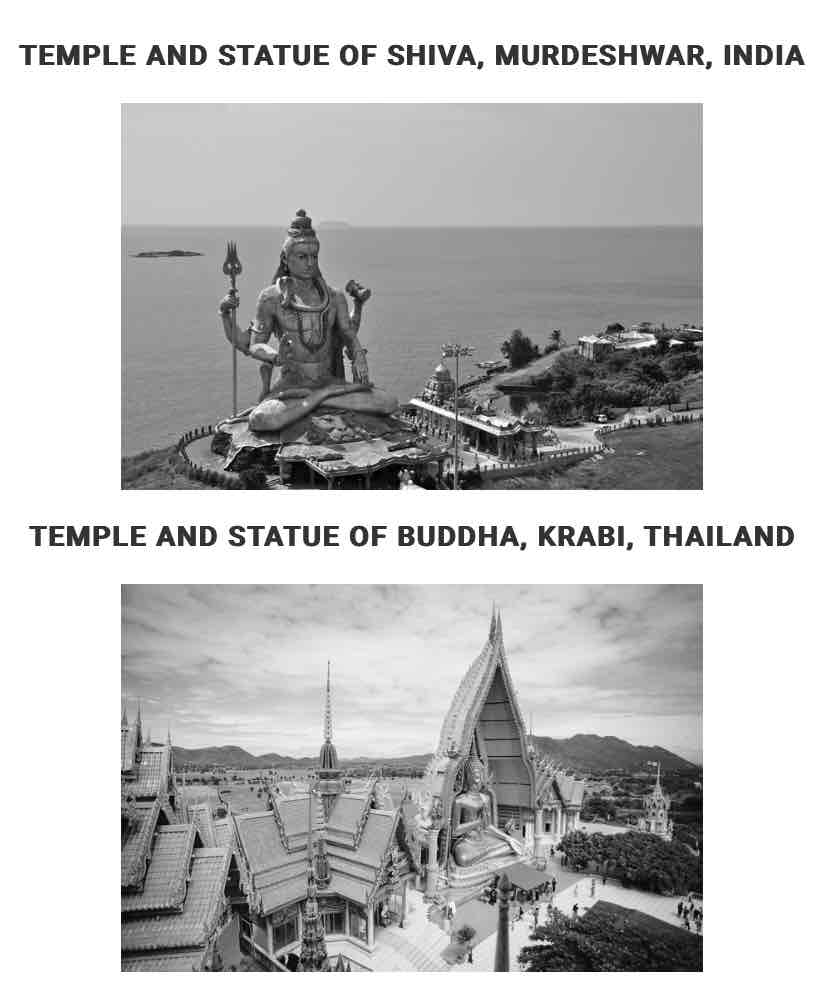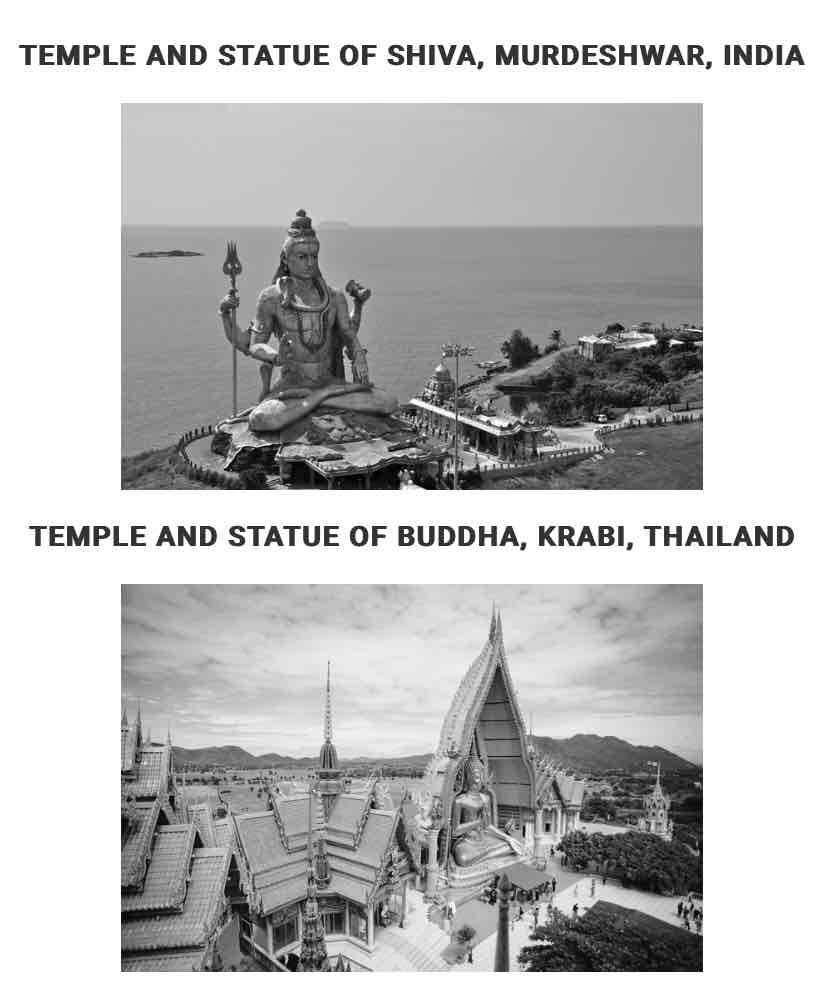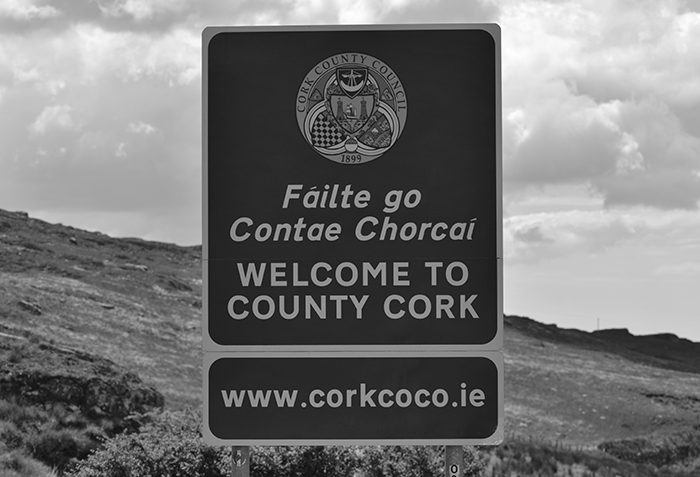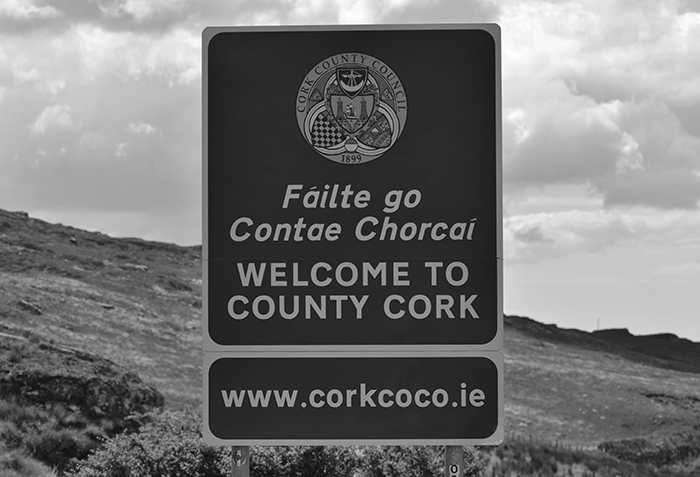Ap human geography unit 3
1/26
Earn XP
Name | Mastery | Learn | Test | Matching | Spaced |
|---|
No study sessions yet.
27 Terms
Which scenario best explains the process of assimilation?
A
A family immigrates to a new country, settles near others from their homeland, and conducts most of their day-to-day activities within their ethnic neighborhood.
B
Despite the large number of historic churches in France, many French identify as nonreligious and believe that religion is a private matter.
C
The island of Mauritius has large populations of Christians, Hindus, and Muslims. The constitution of Mauritius prohibits discrimination and protects freedom of religion.
D
The American government educated Native American children in American-style boarding schools. All of the children were taught English, and girls were taught how to be homemakers.
E
Hinduism diffused from India to Bali, where it blended with traditional Balinese beliefs to create a form of Hinduism unique to Bali.
D

Identify which of the following concepts or processes is symbolized by the pagoda in the image.
A
Acculturation
B
Material culture
C
Assimilation
D
Cultural trait
E
Syncretism
D
Which of the following describes the process of creolization?
A
The mix of Native American, African, and European influences to create new cultural forms
B
The representations of Spanish, Portuguese, and French linguistic culture on the landscape of Latin America
C
The layering of the European cultural landscape over the Native American landscape
D
The exchange of crops and animals between the Old World and the New World
E
The adoption of Native American toponyms for place-names of European settlements
A
In contrast to folk culture, popular culture is typical of
A
large heterogeneous groups
B
indigenous groups
C
groups that have little interaction with other groups
D
small homogeneous groups
E
groups living in isolated areas
A
Cultural differences within a country’s population, such as different religions, languages, and ethnicities, have political impacts and can best be described as
A
centripetal forces within a state
B
centrifugal forces within a state
C
the effects of diffusion on the state
D
the effects of imperialism on the state
E
globalizing forces within a state
B
Christianity has expanded through repeated patterns of relocation diffusion to spread to the Americas. Which of the following explains the impacts of this diffusion on Christianity in the Americas?
A
The repeated relocations have resulted in a wide diversity of Christian religious beliefs and practices.
B
The repeated relocations have resulted in a single form of Christian religious beliefs and practices.
C
The repeated relocations have resulted in a decline in the size of the Christian population.
D
The repeated relocations have resulted in a single ethnic Christian population.
E
The repeated relocations have resulted in a small number of ethnic Christian populations.
A

The temples shown in the images, combined with the surrounding scenic physical landscape, have become centers of pilgrimage and tourism. These factors combine to result in enhanced religious expression and local
A
placemaking
B
spatial analysis
C
suburbanization
D
technological change
E
multiculturalism
A

Comparing both photographs, each image shows the significance of temples, religious statuary, and iconography on the
A
cultural hearth
B
ethnic culture
C
traditional toponyms
D
cultural landscape
E
colonial architecture
D

Which of the following best explains how the English language diffused to the location shown in the image?
A
This location is the hearth of the English language, and English is the area's traditional language.
B
English was the standard language of the Catholic Church and diffused to this location through religious practices.
C
English was voluntarily adopted in this location as a useful lingua franca.
D
English came to this location recently via imported popular culture such as movies and music.
E
The English language was imposed on this location through a process of economic and political domination.
E

The photograph shows a road sign in the Republic of Ireland. Which of the following best describes the sign's significance within the cultural landscape?
A
The sign indicates that County Cork is a linguistic region of the Republic of Ireland.
B
The sign delineates an international political border between the Republic of Ireland and Northern Ireland.
C
The sign promotes the use of a single language in the region.
D
The sign promotes the use of traditional language among citizens of the Republic of Ireland.
E
The sign represents a uniform cultural identity within the region.
D
Which of the following correctly lists the four major ancient culture hearths?
A
Central Asia, Ethiopia, Indonesia, Mesopotamia
B
Central Asia, India, Nile Valley, Southern Europe
C
Egypt, Mekong Valley, Middle East, Western Africa
D
Ethiopia, Ghana, Machu Picchu, Mongolia
E
Indus Valley, Mesopotamia, Nile Valley, North China
E
Which of the following best accounts for the universal appeal of blue jeans?
A
Diffusion of popular culture
B
Adoption of unique folk culture
C
Impact of high income on clothing habits
D
Lack of barriers in communist countries
E
Need for durable clothing
A
Which of the following originated in South Asia and subsequently spread throughout much of Southeast and East Asia?
A
Hinduism
B
Christianity
C
Buddhism
D
Sikhism
E
Confucianism
C
The Gullah language is spoken in African-American communities of the coastal southeastern United States, particularly in South Carolina, Georgia, and northeastern Florida. It is a combination of Elizabethan English and African dialects. One can describe Gullah as a
A
creolized language
B
lingua franca
C
Sino-Tibetan dialect
D
language family
E
linguistic branch of the Niger-Congo family
A
The diffusion pattern of Walmart stores, which have spread from small towns to large cities throughout the United States, is an example of
A
relocation diffusion
B
contagious diffusion
C
stimulus diffusion
D
distance decay
E
reverse hierarchical diffusion
E
Which of the following does NOT act as a centrifugal force for a state?
A
Uneven development
B
Substate nationalism
C
Linguistic homogeneity
D
A fragmented territorial base
E
A strong tradition of local governance
C
Which of the following best explains how immigration affects the cultural landscape of religion?
A
Immigrants often retain their religion during the process of acculturation, contributing to religious diversity within the cultural landscape of the receiving country.
B
Immigrant communities fuse their own religion with the dominant religion in the receiving country to create a syncretic religion.
C
Ethnic religions do not diffuse past their hearth, so immigrants must adopt a new religion when relocating to a new country.
D
Immigrants bring their religion with them when they relocate, and their religion quickly spreads to the overwhelming majority of citizens in the receiving country.
E
Immigrants’ original religions disappear as immigrants fully assimilate into their new culture and adopt the dominant religion of the area.
A
Which of the following best explains the Internet’s homogenizing effect on global language patterns?
A
The English language is widely used on the Internet.
B
Social media applications commonly support dozens of different languages.
C
Many governments censor citizens’ Internet access.
D
An increasing number of Internet users communicate exclusively through emojis.
E
The Internet accelerates communication so that people from different cultures can interact quickly and easily.
A
Which of the following terms best describes the spatial effects of the Internet on the global diffusion of culture?
A
Time-space convergence
B
Complementarity
C
Cultural divergence
D
Push factors
E
Pull factors
A
Which of the following best explains the practice of placing indigenous children in boarding schools in the late nineteenth and early twentieth centuries?
A
The schools were intended to promote multiculturalism by introducing European culture to indigenous youth.
B
Many schools appropriated indigenous culture by using tribal names for sports teams.
C
The schools represented a traditional cultural trait of many indigenous societies.
D
The schools were intended to blend indigenous and European cultures through syncretism.
E
The schools were intended to diffuse Christianity and assimilate indigenous youth into European culture.
E

How does the map illustrate global diffusion of the French language from its cultural hearth in Paris?
A
The map shows how French-language movies, music, and literature dominate global entertainment media.
B
The map shows how France was an ancient-culture hearth from which the French language spread through expansion diffusion.
C
The map shows how in many areas of the former French empire the language persists despite the independence of former colonies.
D
The map shows how French civil servants established schools in many parts of the French colonial empire.
E
The map shows how people’s love of French food has facilitated the spread of the French language to many parts of the world.
C
Which of the following is most useful for describing the cultural landscape shown in the image?
A
The ethnicity of the people in the image
B
The dragon that the people are holding
C
The French language on the banner hanging from the building
D
The density of the crowd
E
The clothing of the people participating in the parade
C
As Buddhism diffused through East Asia, Buddhist traditions blended with local cultural customs to create distinct religious practices, such as Daoism in China and Shinto in Japan. Which term describes this blending of cultural traditions?
A
Assimilation
B
Acculturation
C
Possibilism
D
Multiculturalism
E
Syncretism
E
Cultural landscape can be defined as
A
The types of art, music, dance, and theater practiced in a particular region
B
The ways that people in different cultures perceive the environment
C
The forms superimposed on the physical environment by the activities of humans
D
The diversity of distinctive cultures within a particular geographic area
E
A particular area within a geographic region dedicated to cultural activities
C
Which of the following best explains how Christianity became the dominant religion in the Philippines?
A
Christianity was brought to the Philippines through relocation diffusion when the Spanish colonized he Philippines in the sixteenth century
B
Entered the Philippines through the ministry of representatives from the Russian Orthodox Church
C
A secondary hearth for Christianity arose in the Philippines in the twelfth century, and since that time Christianity has remained the dominant religion
D
Entered through contagious diffusion due to close proximity with Indonesia
E
Export oriented logging companies from Japan brought Christianity to the Philippines during the twentieth century
A
The map above shows the distribution of the language family that has the largest number of speakers in the world. Which statement correctly identifies the language family shown?
A
Amerindian
B
Sino-Tibetan
C
Uralic
D
Indo-European
E
Afro-Asiatic
D